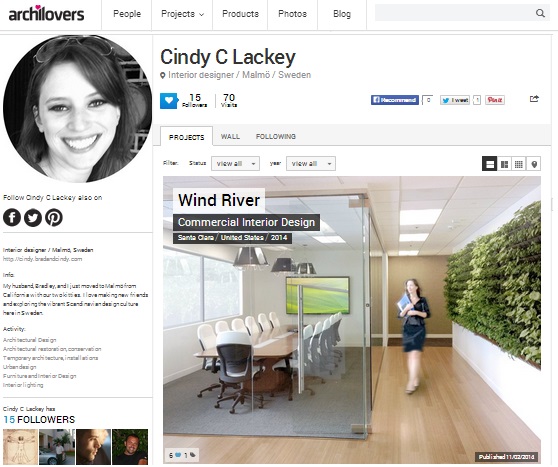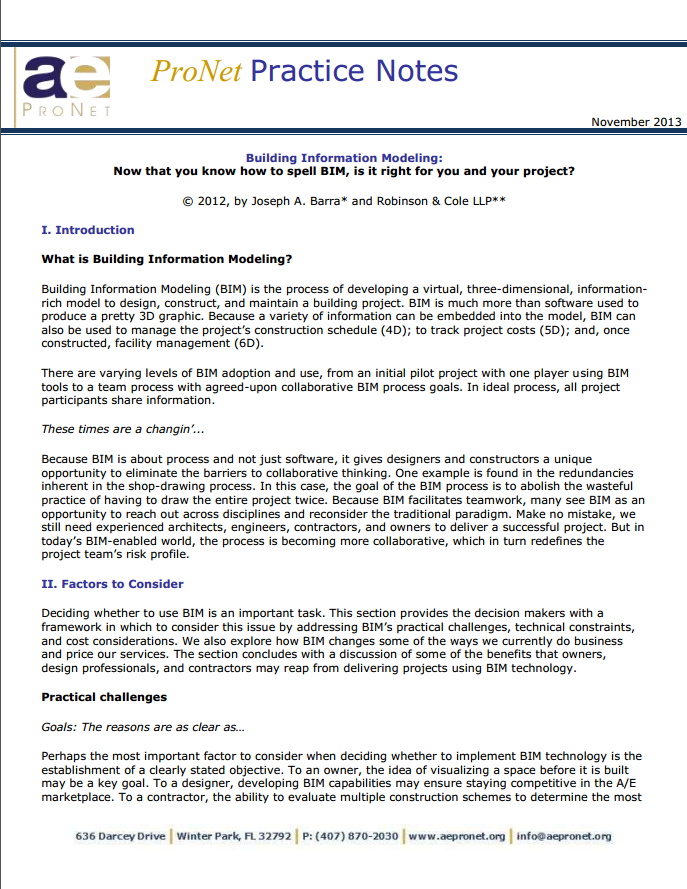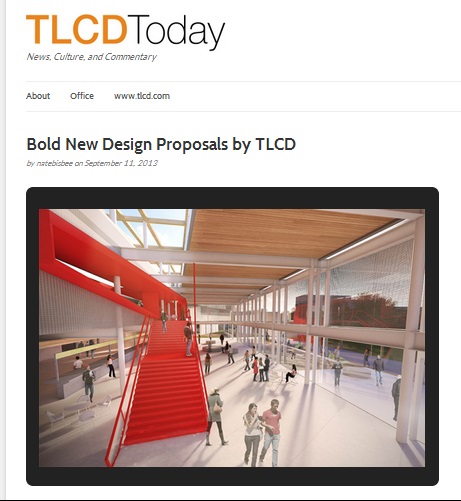The following is a re-post from the Southeast Construction Law Blog:
Contractors, subcontractors, and A&E firms all face differing levels of liability on construction projects. Managing that exposure is a key to maintaining profitability and ensuring your business is protected.
One issue I consistently see in my practice is companies taking too much liability for their scope of work on a project. For example, what should the liability of a subcontractor be who has a small $25,000 subcontract on a $15 million project? Should the subcontractor be liable for any and all damages?
Many subcontract agreements state that subcontractors are responsible for “any and all costs” caused by a subcontractor’s delay or interference with any portion of the work. While each party should be liable for damages it causes, this determination is never as clear as it seems.
General contractors (and sometimes owners) often control the timing, means, and methods of how a subcontractor performs its work. In those situations, it is difficult for me to explain to a subcontractor that it is liable for everything it does on site. Even so, many subcontractors’ feet are held to the fire for delay costs in the hundreds of thousands or millions of dollar range when their contract was initially very small.
Architecture and engineering firms face a similar dilemma. Many times A&E firms are brought into lawsuits in the millions of dollars when their scope of work may have been small. I have seen a civil engineer sued for $12 million when it performed a $1,600 staking job on a project.
In addition, A&E firms face a different challenge. Even if an architect or engineer prevails on the claim, the A&E firm has likely spent thousands of dollars in attorney’s fees, all chargeable to the A&E under the deductible in the Professional Liability Insurance policy. Continue reading “Are You Accepting Too Much Liability on Your Construction Project?”






